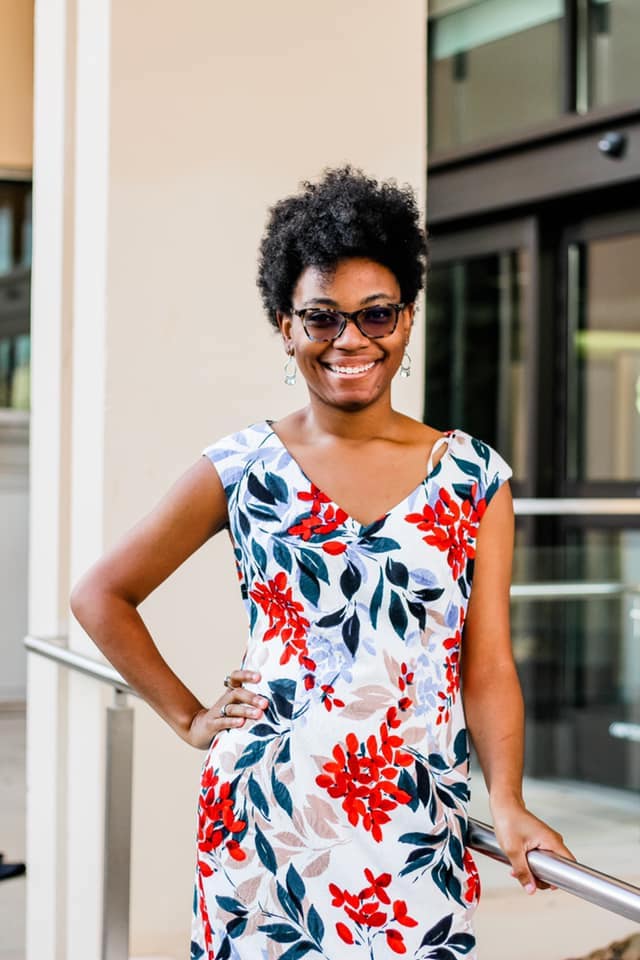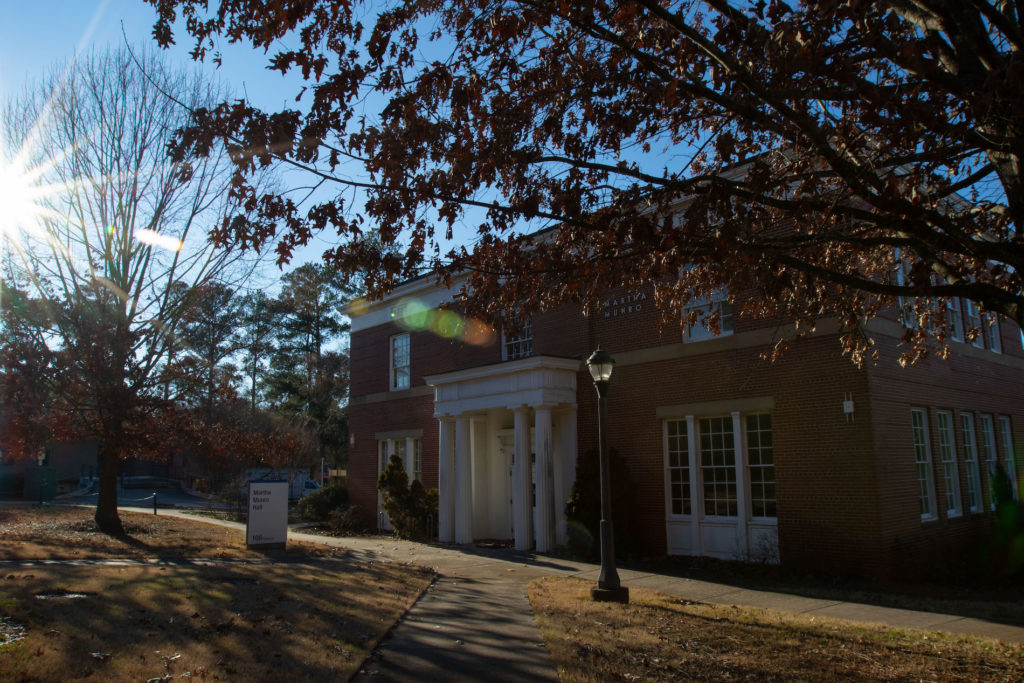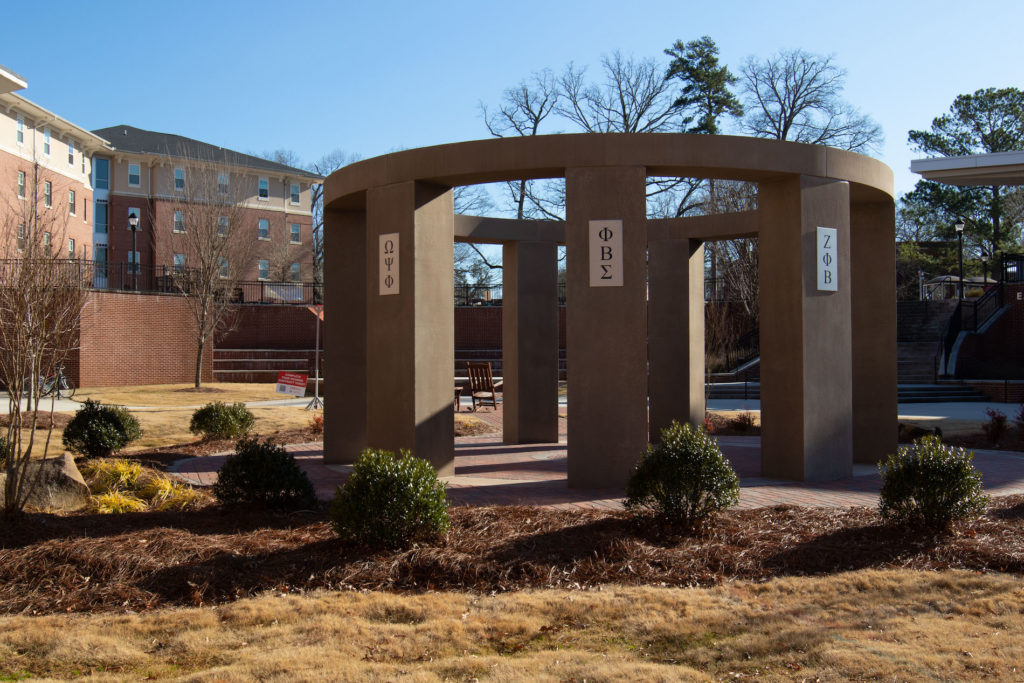
Last summer, while the nation reached a moment of reckoning on race, a University of West Georgia graduate student was building an experience designed to foster dialogue about the subject and educate members of the UWG community about Black history on campus.
As a graduate assistant in the Center for Public History (CPH), Maya Brooks – who graduated with a master’s degree in history in December 2020 – helped construct a tour of campus titled “From Civil War to Civil Rights: West Georgia’s Journey to Equality.” The experience is still under development for full demonstration to the general public, including a virtual option.
“As we had been working on the Along the Ridge project, we were constantly reminded of the connections that African Americans in the community had to this place, and we wanted to explore those stories,” said Dr. Ann McCleary, CPH director. “These stories take us from the Thomas Bonner plantation, through the post-Civil War years, the creation of the A&M school, West Georgia College in 1933, and then the University of West Georgia.”
Brooks’ role in the tour’s development included research in the university’s former yearbooks, scholarly resources from the U.S. Department of Education and similar tours offered at other institutions. The center has also gathered oral histories in connection with the Center for Diversity and Inclusion with individuals connected to the places along the tour to hear their stories so that they can be shared.
Themes of adaptability, community and persistence are woven into the fabric of the tour, with stops along the way including the Bonner House, Martha Munro Hall and the National Pan-Hellenic Council (NPHC) Garden, which opened in 2019.
“The stops on the tour follow a specific order, starting at the Bonner House and ending at the NPHC Garden to show participants how much has changed from the time when Black people were enslaved on the property to today when minority students make up 47 percent of UWG’s enrollment,” Brooks said.
Students like Brooks regularly engage in experiential learning at the Center for Public History, which McCleary described as being “student-oriented” in terms of research.
“We engage our undergraduate and graduate students in all of our projects,” McCleary said. “In this particular tour, we wanted to have a student’s voice because we want all students to be a part of the discussion, dialogue and discovery of Black history.”
Engaging the community is important, too.
“The African American community specifically has had connections with UWG’s campus for generations, so for all of this region – not just Carroll County – to understand the lives of African Americans is so essential. Not really just for the Black community but for everybody.”
The tour’s development came at a critical time in the nation’s history, McCleary said, in the midst of the Black Lives Matter movement.
“As historians, we know the stories are there: stories about race and the challenges and the difficulties faced by African Americans,” she said. “Those topics are important to share. We can talk about so many topics just on our campus, and as we dig deeper into these topics, I think that as a university, we have a lot to share with our students, faculty, staff and our broader community.”
The tour is currently under development. For updates on when it will become available to the general public, visit the Center for Public History’s website.







